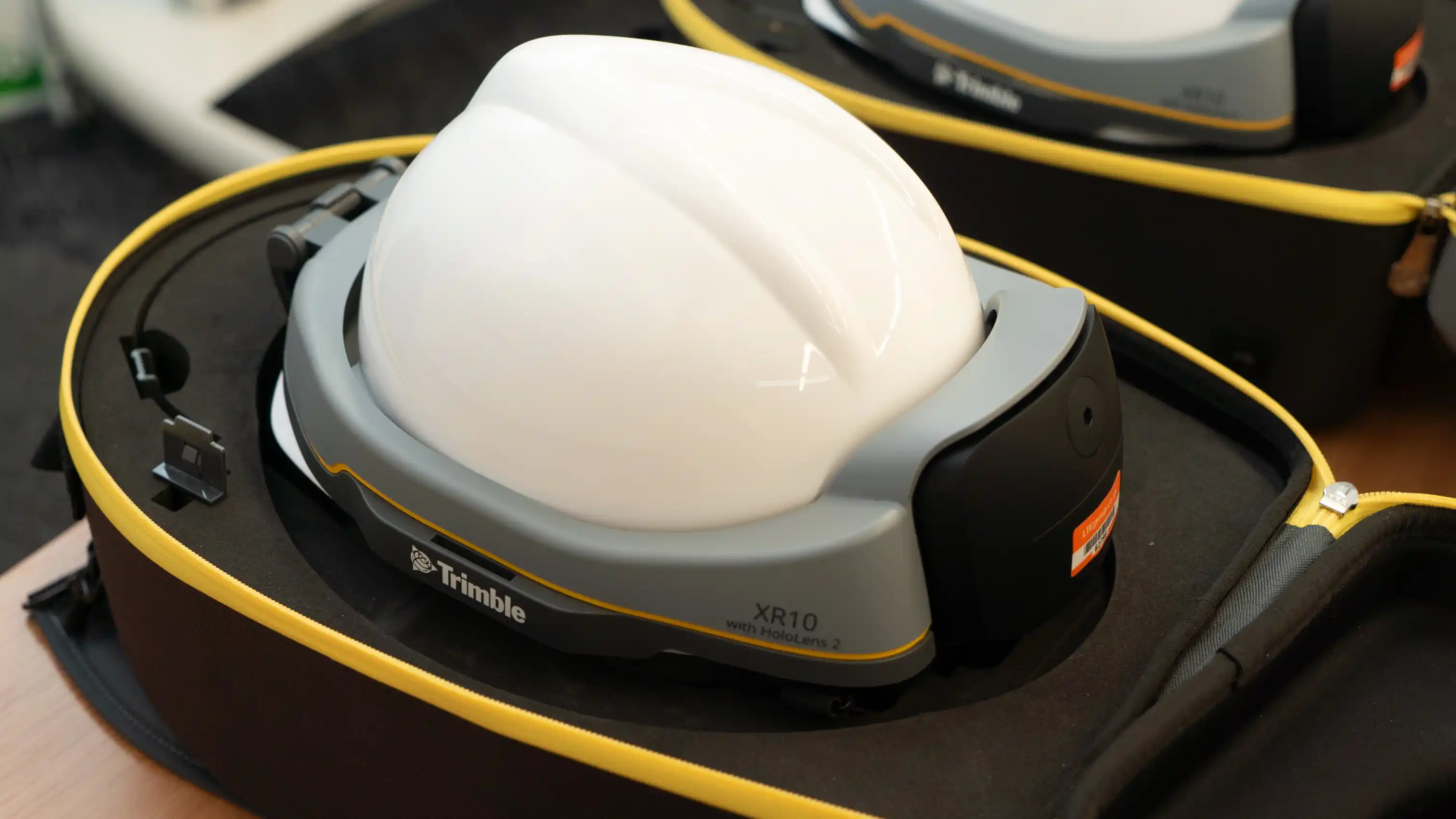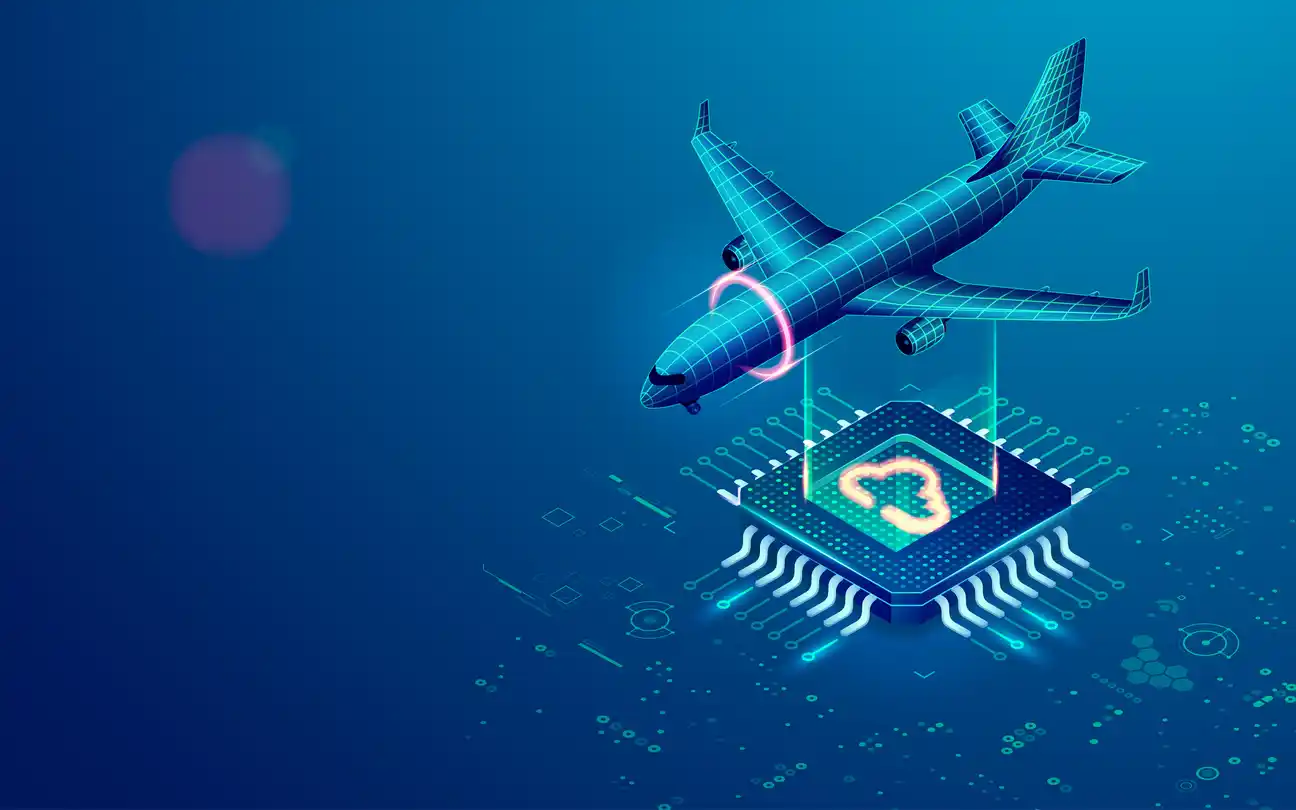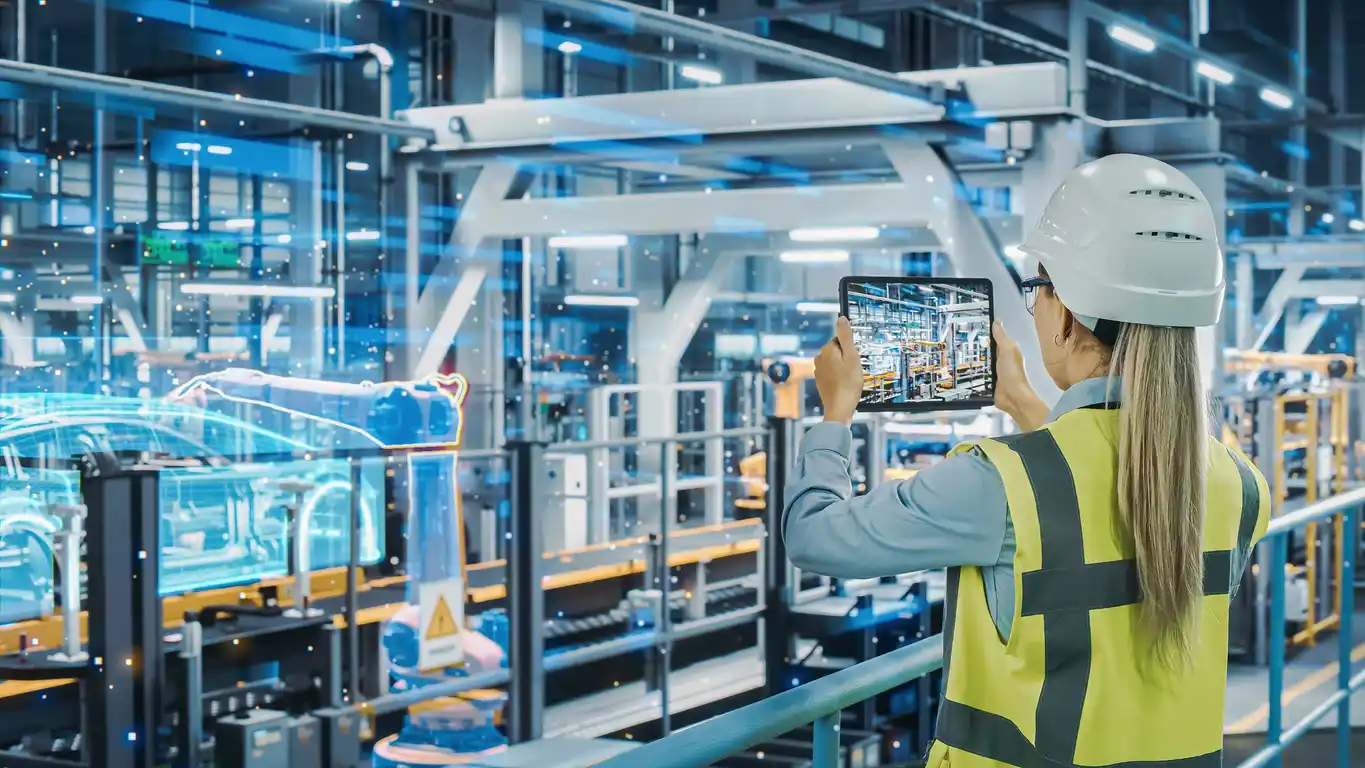Enginuity Future Skills Hub
The engineering and manufacturing sector is rapidly evolving, making it challenging for employers to identify the skills necessary to stay ahead. Future Skills Hub offers a comprehensive collection of resources on various technologies and their impact on skills demand, all presented in an accessible, bite-sized format.


What are immersive technologies?
Immersive technologies can generally be categorised into virtual reality (VR), augmented reality (AR), and mixed reality (MR).

Immersive technologies explained
How are immersive technologies used?
Benefits of immersive technologies
Immersive technologies and Industry 4.0
Immersive technologies and sustainability
What skills might you need?
Skills required for immersive technologies include expertise in 3D modelling, game development engines such as Unity or Unreal Engine, and immersive technology hardware and software platforms.
- Additional skills required include:
- User experience design
- Software development
- Systems design
- User interface design
- Innovation
- Digital media technologies
- Collaboration and partnering
- Learning delivery
- Influencing
- Problem solving

What skills might you need?
Skills required for immersive technologies include expertise in 3D modelling, game development engines such as Unity or Unreal Engine, and immersive technology hardware and software platforms.
- Additional skills required include:
- User experience design
- Software development
- Systems design
- User interface design
- Innovation
- Digital media technologies
- Collaboration and partnering
- Learning delivery
- Influencing
- Problem solving
Who might need them?
Not every employee needs to be an immersive technologies expert. Instead, a cross-functional team with diverse skills can collaborate to leverage immersive technologies effectively in manufacturing and engineering SMEs. Training programs and knowledge sharing can also help employees understand the basics of immersive technologies and how it can benefit their specific roles within the organisation.
Skills might be distributed across various roles, including:
- VR developer/programmer
- UX/UI designer
- Hardware specialist
- Manufacturing engineer
- Training and development Specialist
- Project manager
- Quality control specialist
- Innovation and research specialist
Useful resources

Dig a bit deeper
A paper that presents industrial Case Studies for digital transformation of engineering processes using the virtual reality technology.
Read more
Immersive technologies report
A report by the High Value Manufacturing Catapult Visualisation and VR Forum exploring immersive technologies in manufacturing Immersive Technologies in Manufacturing.
Read more
Benefits of augmented reality in aerospace
Explore how augmented reality paves the way for more advanced aircraft, efficient production lines, and effective training methods, ultimately leading to safer skies and more remarkable journeys into space.
Read more
AR: A game changer for manufacturing
This article explores how virtual reality and augmented reality are transforming the way we manufacture, measure, repair, innovate and collaborate, and how HVM Catapult is leading the way.
Read more